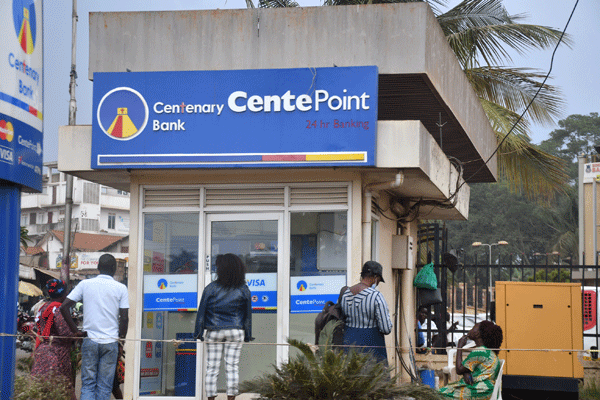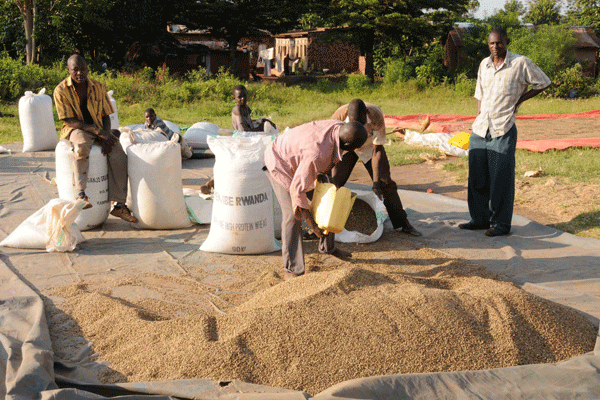Deconstructing the myth of power tariffs

The delayering of the supply chain increased intermediation costs at the three levels of generation, transmission and distribution.
PHOTO/file
What you need to know:
Uganda did not have the skills to negotiate these deals and the risks of rent seeking were very high, Prof. Samuel Sejjaaka writes.
In the State of the Nation address of June 04, President Museveni said, “The cost of electricity is distorted by mistakes committed by some of our actors especially the mistakes of Bujagaali and Umeme, (which) add 55.3 per cent to the cost of electricity per unit. Otherwise, the cost of power from Kiira is US cents 1.19per unit, Nalubaale – US cents 1.119per unit, Isimba-US cents 4.16per unit, Karuma-US cents 4.97 per unit; but Bujagaali US cents 8.30 per unit. Bujagaali, at one time, was US cents13.8 per unit.”
The President’s concern is loaded with implications for the economy because without access to cheap energy, our industrial and agricultural production remains uncompetitive, and our households continue using kerosene which is a health hazard. But what has gone wrong?
First, let us have a historical context to this problem. The Nalubaale hydroelectric power station (formerly Owen Falls) was commissioned in 1954 and has a capacity of 180MW. It was not until 1993 that work started on the Kiira hydroelectric power station. The latter was commissioned in 2003 and completed in 2007 with a capacity of 200MW. The Kiira power Station (also known as the Third Power Project) was financed by Government of Uganda (GOU), with assistance from the World Bank and International Development Association which provides concessional financing for poor countries. These facilities are also largely debt free.
Restructing UEB
In 2002, the GOU, undertook a restructuring of the then Uganda Electricity Board (UEB). As a result of this ‘unbundling’ which created three companies Uganda Electricity Generation Company Limited (UEGCL), Uganda Electricity Transmission Company Limited (UETCL) and Uganda Electricity Distribution Company Limited, UEGCL, a 100 percent parastatal, awarded a 20-year operational, management, and maintenance concession to Eskom Uganda Limited, a subsidiary of Eskom, the South African energy company, to cover both Kiira Power Station and nearby Nalubaale Power Station. Eskom sells the electricity it generates to the Uganda Electricity Transmission Company Limited (UETCL), the authorised single buyer. UETCL resells the power to Umeme, the energy distributor.
A comparison of the unit cost per KiloWatt hour between the various power plants, therefore, in the absence of contextualising the reliability, tariff and funding structure, age and other technical dimensions of the power plants does not on its own provide an accurate basis from which the contribution of the plants towards the economy of Uganda should be compared.
Bujagali was competitively solicited as a privately financed project (a public-private partnership). This means its method of financing was “non- recourse financing” meaning the project’s lenders were not lending into the government, but directly to the project and relying on the project to repay their debt. This meant that the lenders were assuming a higher level of risk than would normally be assumed if lending to a sovereign state because no government guarantees or collateral was provided outside the scope of the project’s assets. This also meant that the project absorbed all pre-operation costs including development costs, interest and financing costs during construction which lasted from 2007 (financial close) to 2012 (commissioning). The total project cost run up to $902 million, of which $616 million were engineering, procurement and construction (EPC) costs.
For the financing of Bujagali to be secured, the Bujagali Energy Limited (BEL) - the Public Private Partnership - and the government entered into a Power Purchase Agreement (PPA) that would guarantee cashflows to repay the debt incurred. There are different forms that these PPA’s take. The simplest are capacity and energy agreements. The former, which government and BEL entered into is a guarantee to pay for the full capacity of the power plant, whether power is evacuated or not. The second (the energy PPA) guarantees the power producer that all energy generated will be evacuated and paid for. Other hybrids exist but we need not bother with them here.
Based on the capacity agreement entered into by BEL and government, the quoted price of energy becomes a function of how much energy is evacuated by the transmission company, UETCL. The more energy transmitted, the lower the cost per kilowatt hour. This then is the crux of the Bujagali project. Over time, energy evacuation from Bujagali has averaged about 65 -70 per cent of available capacity, meaning that costs remain high as greater economy is not achieved. If Bujagali’s base load was being dispatched by UETCL at its full potential then the cost would be between 5 -6 US cents/KWh.
Whether the energy is generated and transmitted or not, there are operational and maintenance costs, and financing costs that must be paid. These include such inputs such as lubricants, insurance, labour and spares. These costs tend to be insignificant (2-4 per cent) with size except for financing costs and the agreed return on investment. Bujagali’s operating and maintenance costs translate to a mere 0.32 US cents/KWh. But factoring in the full debt service costs results in a much higher unit cost per KWh on the government and by extension the end-user. What is also not usually articulated in determining the end user cost is the impact of taxes.
The cost of Isimba of 4.16 US cents/KWh and Karuma of 4.97 US cents/KWh, only takes into consideration the reported energy charges to the sector but does not consider that the capital cost associated with the reported $1.93b of loans ($1.28b concessional and $0.65b commercial – excluding transmission works) that cannot be serviced through the energy charges will be borne directly by government who in turn generate their revenues from taxes paid by the same end users.
Total energy production between April 2020 and April 2021, shows that Bujagali contributed 40.4 per cent of the total energy generated from these plants, while Isimba and Owen falls contributed 25.0 per cent and 34.6 per cent, respectively. But Karuma which is now in its nineth year of construction has been delayed and the cost of these delays are yet to be quantified. It therefore becomes difficult to make the comparisons the President made without adjusting for the peculiar circumstances of each project.
What lessons can we learn? First, when the process of structural adjustment was in full gear, government was in a poor bargaining position. It did not have the resources to fund the Bujagali power project construction or rehabilitate the distribution grid, as is the case for Umeme, nor could the country afford any further delays. It consented to private sector terms that include guaranteeing returns on investment to the project sponsors. It is now counter intuitive to say these were bad deals when we negotiated them. We need to reduce the energy costs from Bujagali by ensuring all its production is dispatched through the grid by UETCL. This would reduce the cost to about 5 US cents/KWh.
Secondly, Uganda did not have the skills to negotiate these deals and the risks of rent seeking were very high. In the case of AES, for instance, the parties accused of impropriety were Ugandans and this led to the eventual collapse of the previous AES effort at Bujagali (10 years with no result which necessitated the re-tendering and eventual award to BEL).
Lastly, tariffs are a composition of many things such as the energy source (fossil, water, solar), capacity, transmission, distribution, administration, pollution, congestion (peak vs. non-peak) and taxes. But did Uganda benefit from liberalising the energy sector? Yes, Uganda allowed actors to enter the market which increased power supply. But the delayering of the supply chain increased intermediation costs at the three levels of generation, transmission and distribution. But in economic decisions; there will always be an upside and downside.
Prof. Samuel Sejjaaka is team leader at Mat Abacus Business School.




